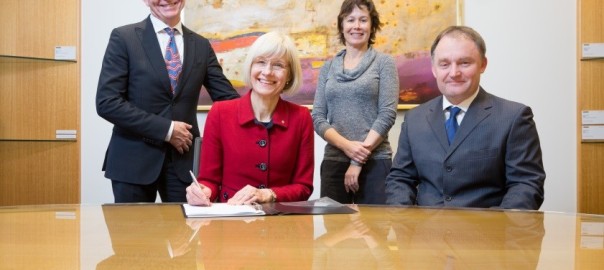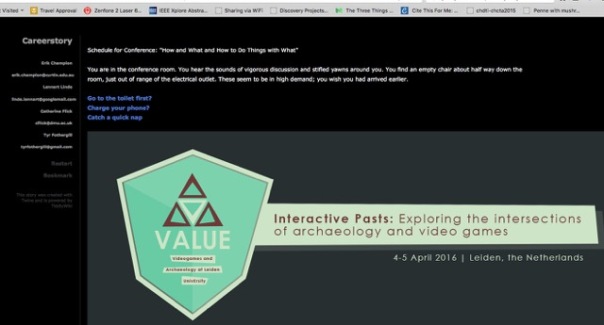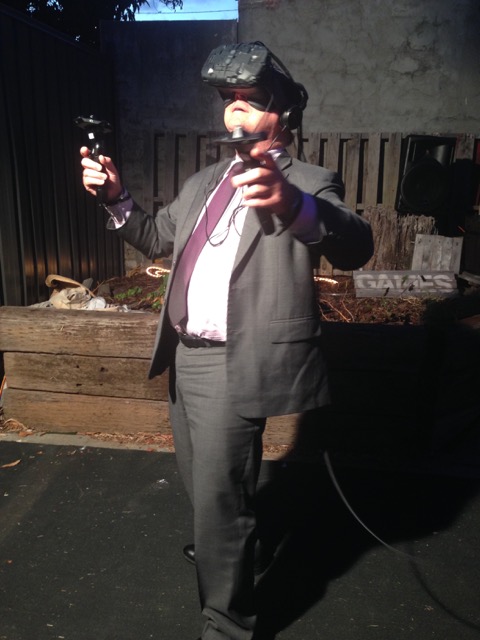31 August, I was part of a panel in Curtin’s research week to discuss digital scholarship. And from my notes I was asked to email here are some of my suggestions that might be of some interest and not just for library makerspaces..
In my brief chat I said when I was the project leader of Dighumlab for 4 universities (and now 2 libraries) in Denmark, I asked myself the following questions (abridged):
- What is a research infrastructure?
- What do we mean by a laboratory – is there only one?
- What kind of databases do we have?
- What about funding?
- Who is the audience?
- What should we deliver and when?
- What are the goals for success after the 5 year period (our contract period) and how do we measure it?
I suggested that genuine infrastructures invest and support not just equipment but also people, skills, training, exchanges, enthusiasm.
Most DH centres are resource based or centre-based, few are distributed. But the most important thing is to work out who you want to work for and with and what resources and profile you hope to focus around.
For our discussion in research week I was not sure if people are talking about a cluster, centre, lab, and for learning, scholarship or support. Perhaps all three but I suggest to focus on one or two but ensure knowledge is carried on past individuals and some of the research aims to evaluate maintain and improve the quality or quantity of that information (it should not just be a pipeline, the pipeline itself should also be an area of research).
I did say some form of meeting space is important (like Curtin Library Makerspace!), archives are important (our Library has that but perhaps it needs to start looking at new more public focussed ones as well), and there are related degrees. So you could tackle any one of those three areas I mentioned, learning, scholarship and support.
For example with this UNESCO chair I have 3 years of workshop funding and 4 years of visiting fellowship funding. Rather than invite people who arrive talk and leave I think it best for me to build it around the makings a 3D archive, invite experts* in the first year to help us survey and build best practice, invite people to help us build it, invite experts in year 3 to help us evaluate it with local communities etc.. AND build a summer workshop or senior class around the visiting experts and workshop funding.
*With DIGHUMAB in 2012 I organised a 1 day conference, invited 4 experts from Nordic/UK countries and 2 infrastructure leaders (CLARIN and DARIAH), in areas we wanted to learn more about or connect with, to come and talk.
What did we get out of that? DARIAH helped DIGHUMLAB academics find partners for an EU project application and asked to host a meeting in Copenhagen, CLARIAH received ERIC EU status with a strong Danish leadership component, Sweden (HUMLAB) invited two of us to their conference; Oslo invited me for a talk and so did Aalto U (Finland), and Lorna Hughes helped bring NeDiMAH people to Copenhagen in 2013 for a conference on cultural heritage tools and archives, and a book (Cultural Heritage Digital Tools and Infrastructures, Routlege 2017 or 2018, google books?) will come out of that. All from a one day conference with just 6 invited and 4 local speakers! Oh, breakout time helps.
See also
- Champion, E. (2014). Researchers as Infrastructure in Mills, Clare, Michael Pidd and Esther Ward (eds.). Proceedings of the Digital Humanities Congress 2012. Studies in the Digital Humanities. Sheffield: HRI Online Publications, 2014. Available online at: http://www.hrionline.ac.uk/openbook/book/dhc2012 OR https://www.academia.edu/6414838/Researchers_as_Infrastructure
- Zorich, D. (2008). A Survey of Digital Humanities Centers in the United States. Available online at http://www.clir.org/pubs/reports/pub143/pub143.pdf
- European Commission (2015). WHAT ARE RIs ?






















